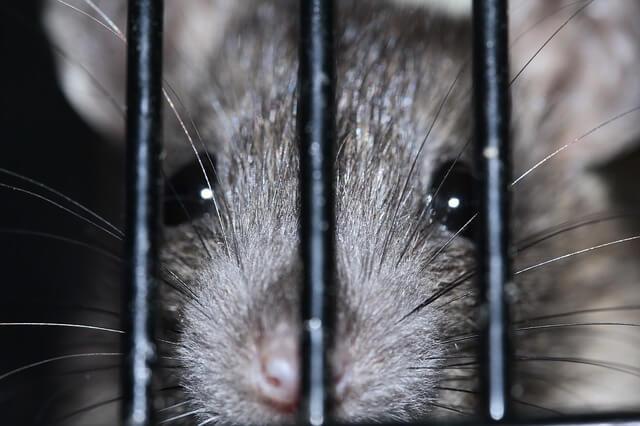Taking Steps to Avoid Rats in your Drainpipes this Winter
What may seem like a nightmare scenario of having a rat crawl up through your pipes and into your toilet and your property is actually a very real possibility.
Damaged and unmaintained storm drains and sewage pipes can give rats easy access into the main drainage systems. They then travel through sewers and up pipes until they find their way into toilet bowls.
This situation will be extremely distressing for the vast majority of householders and is one you’ll want to do everything to avoid. Fortunately, there are steps you can take both to avoid attracting rats in the first instance, and preventative measures to stop rats that have taken a shine to your property from breaching your defences.
Here’s what you can do to stay rat-free this winter…

How to make your property less attractive to rats
Your first job is to make your property as unfriendly to rats as it can possibly be. To do this you should:
- Put outdoor rubbish in metal bins with securely fastened lids to stop them from climbing in and feeding on the contents.
- Keep your outside area free from clutter and debris – less clutter means fewer places to hide!
- Don’t put food waste in your compost heap as it will attract the rats.
- Make sure the property and surrounding outside is tidy, uncluttered and there are no foodstuffs lying around.
Opportunistic rats cannot only enter your property through your pipes. They can also come in through:
- Roofs – Rats can climb along electrical cables and branches and enter your property through broken roof tiles or under eaves. To prevent an attack from above, make sure any damage to your roof is repaired quickly and use wire mesh to seal gaps.
- Entrances – If you have gaps under your doorways then small rats might be able to get in. They can also gnaw through gaps that already exist. Any gaps should be sealed and strips can be fitted to the bottom of doors to prevent this type of access.
- Gaps in exterior walls – If those of a squeamish disposition haven’t passed out already, you’ll probably be delighted to hear rats can also jump. That means holes or small openings in your exterior walls should be filled to a height of around four feet. Wire wool, caulking or concrete should be used.
How to protect your drains
Your property is now safe from entry by every means other than your drains. Your drains are connected to the sewers, which are of course teeming with rats, so it’s essential to ensure your drains are in good working order to prevent access. Depending on the particular type of drain, you may also need to put additional measures put in place. Steps you can take to prevent rats from entering your property through your drainage pipes include:
Sealed drainage
This means there are no openings between the drainage pipework of your property and the sewer. This type of drainage will require regular access covers for inspection and allow for maintenance of the drainage pipes from the surface.
Rodent barriers
There are a number of devices that can be installed in the pipes that do not allow the rats to pass. This can include one-way valves in the underground drainage and downward-facing fins the rats can’t bypass.
Covers and gratings
Placing plastic covers or metal gratings in the pipes that allow waste through but which rats cannot bypass is one of the simplest solutions.
Cages
There are also metal cages which can be placed in the ventilation pipes to block that route as a potential point of entry. If you’re not sure where to start with this problem or don’t know what to do next, just get in touch with the Drain Doctor team and we’ll explain how our drainage experts can help.

